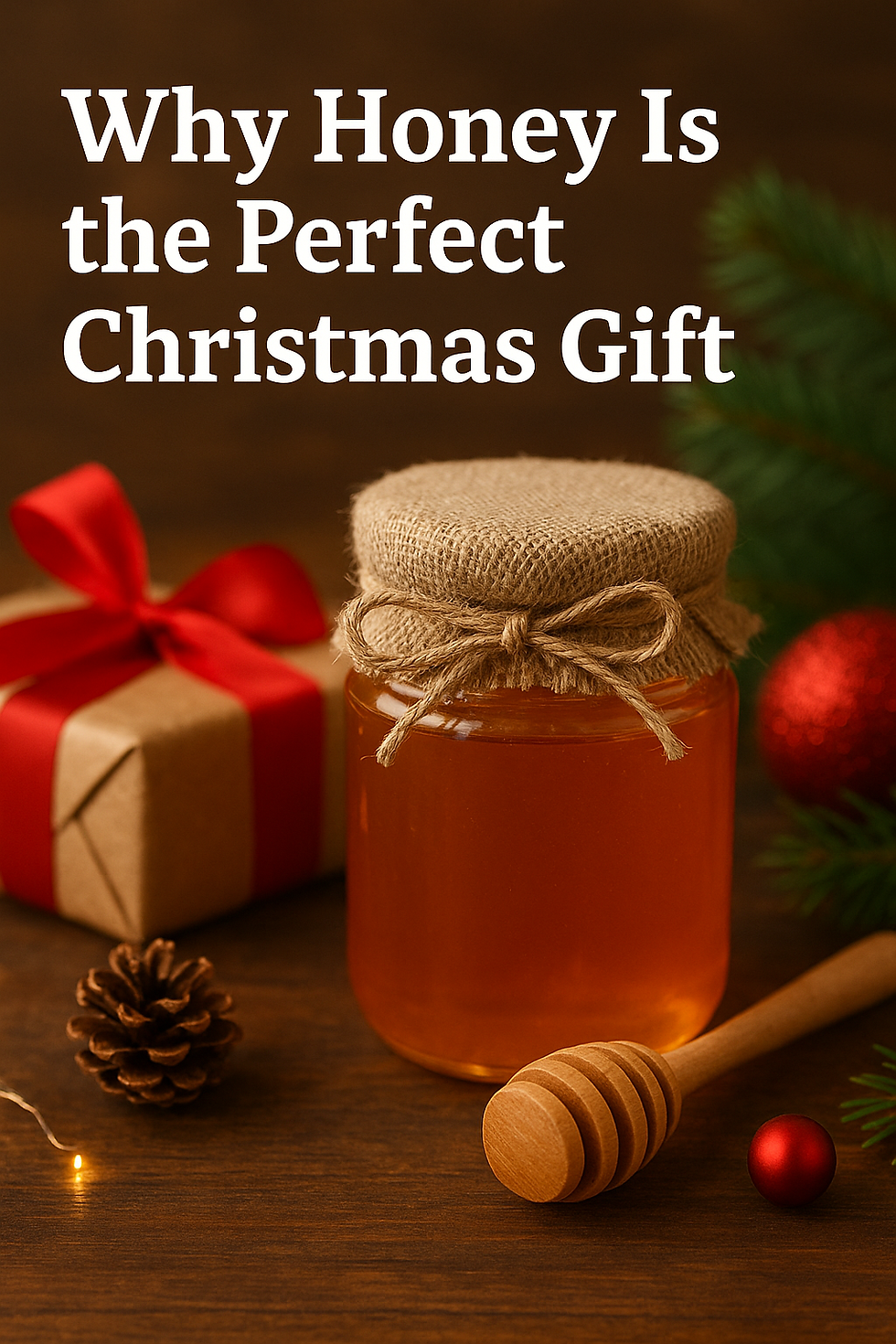The Partnership Between Honeybees and Creosote Bushes
- Pete Rizzo

- May 1, 2024
- 4 min read
Updated: May 5

Honeybees and Creosote in the Mojave Desert Signal Spring is in Full Bloom
The Mojave Desert, stretching across southeastern California, southern Nevada, and portions of Utah and Arizona, is a land of extremes.
Searing heat, sparse rainfall, and rugged landscapes make it a challenging environment for most life forms. Yet, in the midst of this arid expanse, a remarkable partnership has emerged between an unlikely pair – the industrious honeybee and the resilient creosote bush.
Honeybees, originally introduced to North America by European colonists, have managed to establish thriving populations in most parts of the continent, including the harsh Mojave Desert.
While beekeeping is not a widespread practice in this arid region, feral honeybee colonies can be found scattered throughout the desert, foraging for precious nectar and pollen from a variety of desert-adapted flowers.
One of the most valuable floral resources for these desert bees is the creosote bush (Larrea tridentata), a hardy shrub that dominates vast stretches of the Mojave landscape.
Despite its unassuming appearance, the creosote bush boasts tiny yellow flowers that bloom heavily in April and May, with particularly abundant blooms occurring after winter rains.

While the creosote's blossoms may not be particularly showy, they pack a powerful punch for pollinators like honeybees. The nectar they produce is a valuable source of energy, helping the bees survive and thrive in the desert's harsh conditions.
Additionally, the pollen provided by these flowers is a rich source of protein, essential for the growth and development of bee larvae.
Scientific Evidence for the Partnership
Multiple scientific studies have documented the intricate relationship between honeybees and creosote bushes in the Mojave Desert.
Researchers have observed honeybees actively foraging on creosote flowers, collecting both nectar and pollen.
Furthermore, a strong correlation has been noted between the abundance of creosote blooms and honeybee activity levels, suggesting these opportunistic foragers take advantage of the plant's unpredictable flowering patterns.
Interestingly, studies investigating competition for desert floral resources have revealed that the amount of protein available in creosote pollen significantly exceeds the needs of the bee populations in the area.
This implies that honeybees will likely reap substantial benefits from this protein-rich pollen source, which can help sustain their colonies during times of scarcity.

The relationship between honeybees and creosote bushes is mutually beneficial.
They have formed a classic example of plant-pollinator mutualism. As bees fly from flower to flower collecting nectar and pollen, they inadvertently transfer pollen grains between plants, facilitating the fertilization and reproduction of the creosote bush.
This process ensures the continued propagation of this vital component of the Mojave ecosystem, which serves as a keystone species, providing food and shelter for numerous other desert dwellers.
Nothing is Without Its Challenges
However, this delicate desert partnership faces challenges from human activities and environmental changes. The introduction of invasive plant species, which compete with creosote for limited resources, threatens the native plant communities that sustain bee populations.
Additionally, prolonged droughts, exacerbated by climate change, can significantly impact the abundance of creosote blooms, potentially disrupting the food supply for bees.
Furthermore, the use of pesticides and other agricultural chemicals in some areas can directly harm bee populations, either through direct exposure or by contaminating their food sources.
This underscores the importance of implementing sustainable land management practices and adopting bee-friendly pest control methods to support the health of both native plants and their pollinator partners.

What Can We Do To Help?
Conservation efforts aimed at protecting the Mojave Desert's unique ecosystem are crucial for maintaining this vital partnership between honeybees and creosote bushes.
By preserving native plant communities, limiting the spread of invasive species, and promoting sustainable beekeeping practices, we can ensure the continued coexistence of these unlikely desert companions.
Through a deeper understanding of the fascinating connections that exist even in the harshest environments, we can appreciate the intricate web of life that sustains the delicate balance of the Mojave Desert.
By fostering a harmonious relationship between honeybees, creosote bushes, and the broader desert ecosystem, we can safeguard this remarkable buzzing partnership for generations to come.
Betsy and Pete
Las Vegas, Nevada
About Us: The Authors

We're Betsy and Pete, passionate Las Vegas beekeepers trained by a master in the field. With hundreds of successful bee and bee swarm removals under our belts, we're not just experts; we're enthusiasts committed to the well-being of these incredible pollinators.
We manage dozens of beehives, both natural and honey-bearing at our Joshua Tree Preserve.
Our Commitment to Excellence
Education is an ongoing journey, especially in a dynamic field such as beekeeping. That's why we continually update our knowledge base, collaborate with other experts, and stay up to date with the latest advancements in bee control methods and beekeeping practices.
We also provide top-tier beekeeping supplies, offering everything a beekeeper needs, from beginners to experts.
.png)


